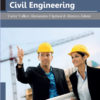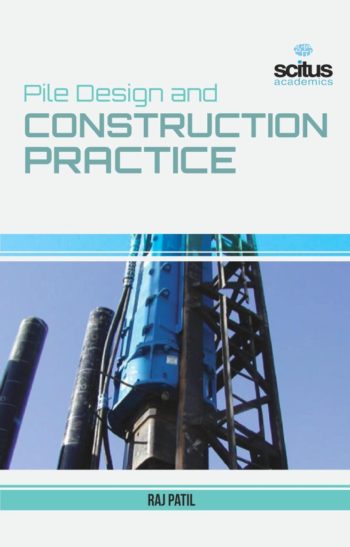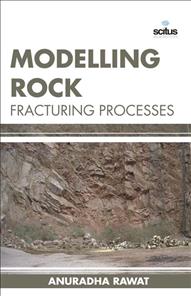Large quantities of construction and demolition (C&D) building waste are being generated as a result of rapid urbanization and natural disasters world-wide. An increasing awareness of environmental protection is escalating C&D waste disposal aspects. With the rapid evolution, the construction needs and demolition wastes has increased substantially. These wastes will possess serious environmental threat if not disposed of properly. Instead of using it as land fill, if it is possible to recycle it in the construction industry, it will be of fabulous support to the depleting natural stock of resources.
Crushing concrete to produce coarse aggregate for the production of new concrete is one common means for achieving a more environmentally friendly concrete. Recycling concrete wastes will lead to reduction in valuable landfill space and savings in natural resources. In fact, the use of recycled aggregate concrete (RAC) is acquiring particular interest in civil construction as regards to sustainable development. Though a large amount of research has been carried out on recycled aggregate concrete (RAC) during recent years.
Recycled Aggregate Concrete Structures presents the state-of-the-art reviews in the production of recycled concrete aggregates and its various applications in the construction industry, given the global challenge of a shortage of natural resources in the 21st century; the recycling of waste concrete is one of the most important means of implementing sustainable construction development strategies. It presents several successful applications of RAC in civil and structural engineering projects, which will serve to promote RAC as a global ecological structural material. A comparative analysis of the experimental results of the properties of fresh and hardened concrete with different replacement ratios of natural with recycled course aggregate is presented. Many studies demonstrate the feasibility of the use of crushed concrete as coarse aggregates, as its use being already accounted for in the regulations of many countries. It explores the behavior of concrete under various percentage replacements for natural aggregate with recycled aggregate for its structural property. Properties of RAC such as compressive strength, splitting tensile strength, flexural strength and modulus of elasticity are presented. This gives a correct perception of RAC to be used as a structural material in comparison with the natural aggregate concrete.













